Publisher Spotlight: Frog God Games
Frog God games has been publishing adventures and sourcebooks for Dungeons & Dragons and other tabletop roleplaying games since 2010. Their books are compatible with 5th Edition D&D, Pathfinder 1st Edition, Old School Essentials, and a variety of other versions of D&D and D&D-adjacent systems. If you’re looking for a fantasy adventure (or several campaigns worth of adventures), Frog God Games has you covered.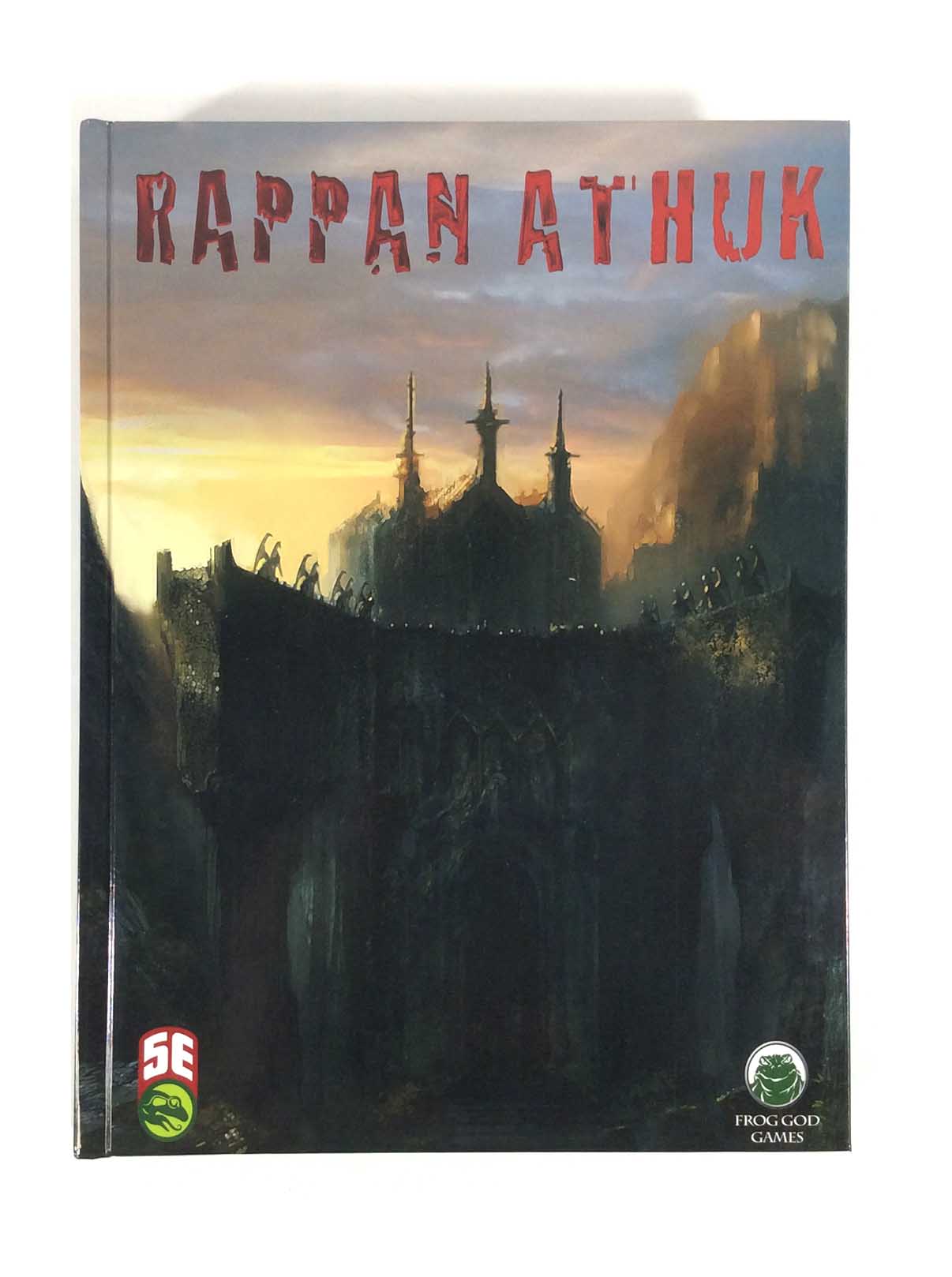
Frog God and Noble Knight Games
For full disclosure, I should point out that Noble Knight Games has been a big fan of Frog God Games since their very beginning. In addition to the many adventures and rulebooks Frog God publishes, Noble Knight Games often offers unique Frog God products like crowdfunding exclusives and rare or limited items not in general distribution. Check out this copy of Sword of Air that’s literally bound in steel. Or this leatherbound copy of Necropolis for 5E. Or maybe this cool tapestry map of Tegel Manor. For our full selection of Frog God Games products, click here.
A Brief History of Frog God Games
While Frog God Games was founded in 2010, their story actually begins ten years prior, to the year 2000, and the creation of a different company: Necromancer Games. Bill Webb co-founded Necromancer Games, alongside his friend Clark Peterson, with the intent of publishing books and adventures for the upcoming Third Edition of Dungeons & Dragons.
At the time, Wizards of the Coast was getting set to launch the brand-new Open Game License (OGL), a public license allowing third party companies to sell 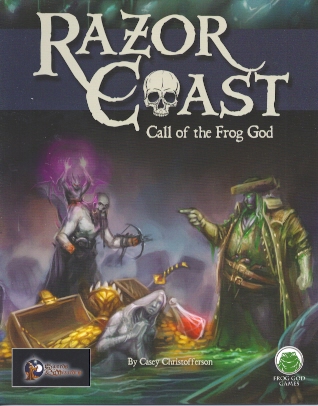 products compatible with Dungeons & Dragons. Necromancer Games was one of the earliest companies to see the full potential of that license. They released the very first OGL adventure ever published, The Wizard’s Amulet, as an electronic download in August of 2000, the same month Wizards of the Coast released the Third Edition Player’s Handbook. Some of Frog God Games’ foundational products, like Rappan Athuk and the Tome of Horrors, got their start under Necromancer Games.
products compatible with Dungeons & Dragons. Necromancer Games was one of the earliest companies to see the full potential of that license. They released the very first OGL adventure ever published, The Wizard’s Amulet, as an electronic download in August of 2000, the same month Wizards of the Coast released the Third Edition Player’s Handbook. Some of Frog God Games’ foundational products, like Rappan Athuk and the Tome of Horrors, got their start under Necromancer Games.
From Necromancer to Frog God
By 2010, Necromancer Games was on hiatus from Publishing. Fourth Edition D&D, then the current version of the game, wasn’t proving as popular with fans as 3E/3.5 D&D. Pathfinder 1st Edition, published by Paizo, was by then making a very real run for D&D crown as the top-selling RPG system. Bill Webb, meanwhile, still had a stack of freelance adventure manuscripts his company had already purchased, but never published.
He began to put out feelers to see if there was any interest in seeing those adventures released under Pathfinder rules. It turned out, the fans were very interested. Bill Webb founded Frog God Games soon after to meet the demand, and the company soon became one of the most prolific publishers of D&D compatible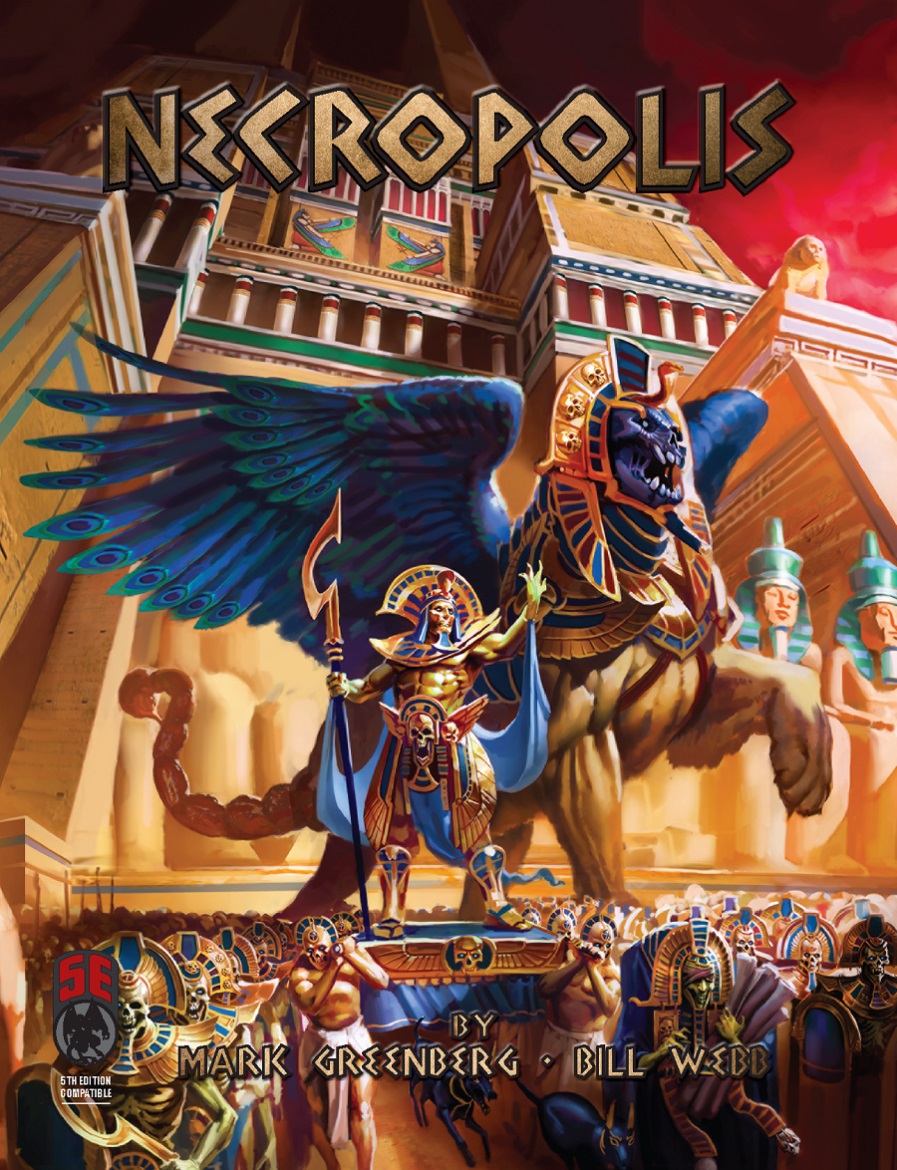 adventures in the RPG industry.
adventures in the RPG industry.
A Company for Gamers, By Gamers
I spoke with Bill Webb when researching this article. Talking with him, one thing that is immediately clear is how much Frog God Games is a labor of love for the people who work there. Bill is quick to give credit for the company’s success to the members of the Frog God team and the many, many hats they wear.
Zach Glazar, for example is Bill’s “right-hand man” who handles production and advertising. In addition to acting as Chief Operating Officer, Zach is also a game designer, the founder of his own company (Lesser Gnome), and jack-of-all-trades at Frog God Games.
Another long-time member of the team is Casey Christofferson. Officially, he’s Frog God’s Art Director. But he, too, is a writer and game designer. “[Casey is] probably the most prolific writer in the history of D&D,” Bill tells me, with “50 or 60 books published under Frog God alone”.
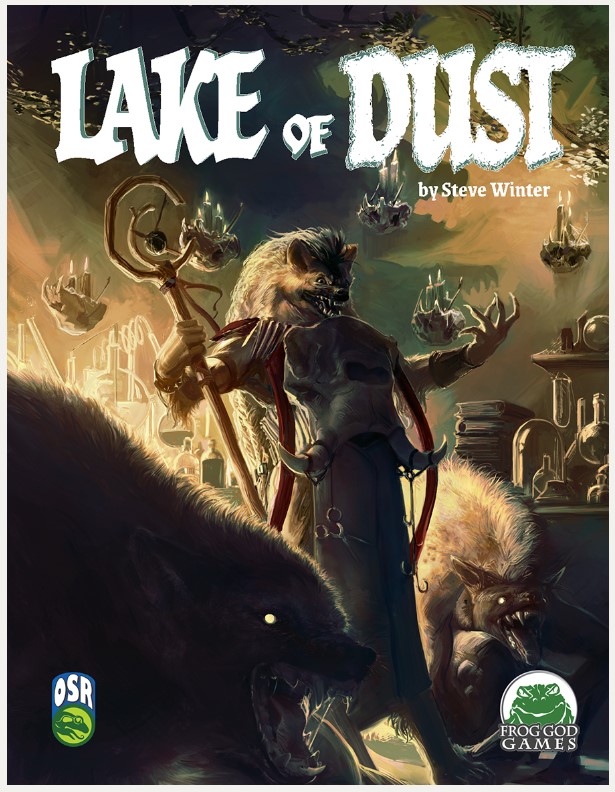 There’s also Edwin Nagy, Senior Project Manager and Frog God’s resident 5th Edition expert. According to Bill, Edwin has been instrumental in helping blend the old-school D&D sensibilities that Frog God has always brought to the table with the rules and expectations of the current game. “Zach and I are OSR guys,” Bill explains, “[Edwin] brought us into the modern age.”
There’s also Edwin Nagy, Senior Project Manager and Frog God’s resident 5th Edition expert. According to Bill, Edwin has been instrumental in helping blend the old-school D&D sensibilities that Frog God has always brought to the table with the rules and expectations of the current game. “Zach and I are OSR guys,” Bill explains, “[Edwin] brought us into the modern age.”
Finally, Bill gives a special shoutout to Jeff Harkness, the company’s Copy Editor. All these adventures and rules supplements need a good editor, after all. Of course, Jeff is also a writer and designer, and co-wrote Splinters of Faith. When talking about Jeff, Bill laughs and admits that Jeff “would probably write more except he’s busy editing everybody else’s stuff”.
And everybody else, it turns out, is a pretty long list of freelancers, and it includes some well-known names in RPG publishing. Frog God’s Necropolis, for example, is based on a work by D&D’s co-creator himself, Gary Gygax. Frog God has also published adventures by luminaries such as Ed Greenwood, James Ward, and Skip Williams. Other familiar names whose work appears under their banner includes Gwendolyn Kestrel, Steve Winter, and Mike Mearls. And the list of authors goes absolutely on and on.
There are certainly no trappings of a faceless corporation behind the company’s prolific creative output. One gets the impression from reading adventures like the viking-inspired Northlands Saga or the infamously deadly megadungeon Rappan Athuk that Frog God makes these books because they think they’re awesome…and they want to share that awesome with you. In his intro to the Pathfinder version of Rappan Athuk, Bill credits the dungeon’s origins to the year 1977 and his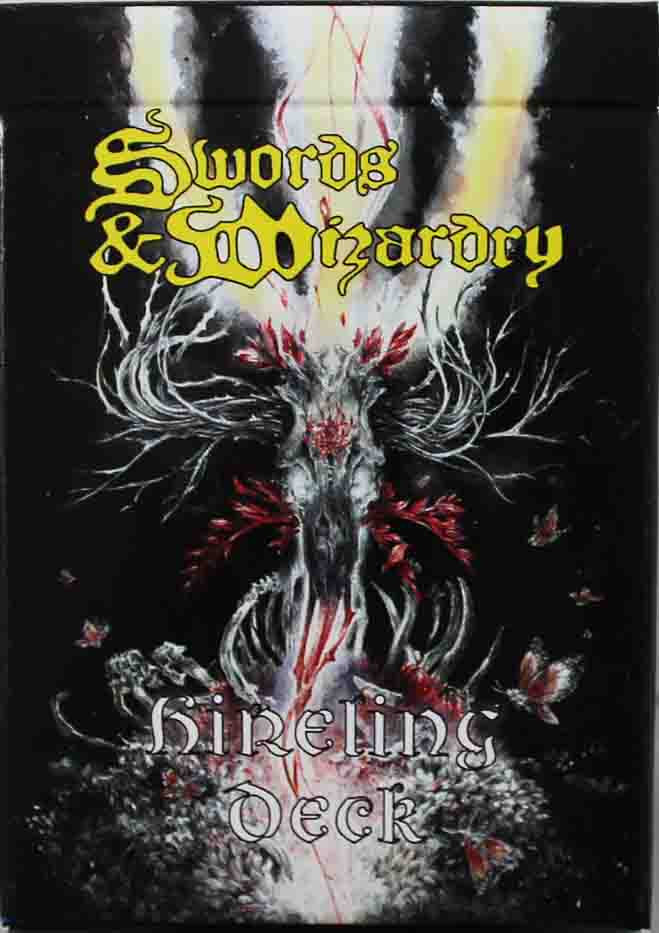 own home campaign. While a lot of people worked on Rappan Athuk, it remains in many ways an actual, homegrown dungeon, straight from Bill Webb’s campaign to yours. And Rappan Athuk isn’t the exception when it comes to Frog God’s adventures.
own home campaign. While a lot of people worked on Rappan Athuk, it remains in many ways an actual, homegrown dungeon, straight from Bill Webb’s campaign to yours. And Rappan Athuk isn’t the exception when it comes to Frog God’s adventures.
It seems like everyone working for Frog God Games, whatever their main job, is also an author, a designer and, of course, a gamer as well.
The Origins of the Name
Even the name of the company has its roots in a gaming-related story, inspired by Bill Webb’s online handle and one of the early literary influences on D&D.
According to Bill: “Myself and Clark and a bunch of the other guys I worked with were huge fans of the old Weird Tales Magazine….My real favorite stuff was Clark Ashton Smith’s writing, which is actually Hyperborea and other collected writings.”
“Clark Ashton Smith’s main villain, sort of like H. P. Lovecraft’s is Cthulhu, is Tsathoggua, which is this giant primordial god that’s basically a giant frog thing that lives under the earth and, you know, destroys peoples’ souls when he catches them. We’d always joke about it, you know? His attack is he eats d6 adventurers, that type of thing. So, for years, dating back to when I used to play in online MUDS, or in D&D chat groups, I was always Froggy’ because Tsathoggua was 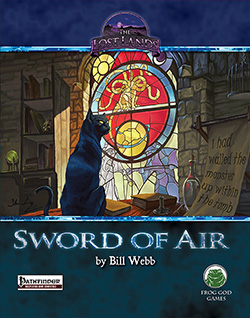 copywritten. I couldn’t go on as Tsathoggua, so I was always Froggy.”
copywritten. I couldn’t go on as Tsathoggua, so I was always Froggy.”
“By the time we started the company, though, Tsathoggua had become open source. So Clark was Orcus, I was Tsathoggua, and the company became Frog God. And it was probably a terrible idea to name the company that, because it’s difficult to pronounce when you talk to people! But that’s where we got Frog God.”
Old School Feel, Multi-System Design
Frog God Games’ adventures are also known for their old school feel. One of the company’s most famous works is its Tome of Horrors line of monster books, originally written as means to give 3E D&D players access to monsters that had exclusively appeared in pre-2000 versions of D&D. Frog God has published versions of the Tome of Horrors books for 3E D&D, 3.5 D&D, Pathfinder 1E, and 5E.
On top of those literal 1970s and 1980s monsters, Frog God products have a tendency to reflect D&D as it was played in its earliest days.
“I still play pre-first edition D&D,” Bill explains. But Frog God Games as a company isn’t wedded to one particular system or style. “We’re not really game rules people very much,” he clarifies, “Our thing has always been content. So, we like to publish in multiple systems. That way we’re more about: here’s an adventure or here’s a sourcebook.”
people very much,” he clarifies, “Our thing has always been content. So, we like to publish in multiple systems. That way we’re more about: here’s an adventure or here’s a sourcebook.”
To that end, Frog God regularly releases products compatible with 5E as well as “old-school” books broadly usable with Old School Essentials, Swords & Wizardry, or just straight-up TSR era D&D.
An Ever-Growing Setting
Any discussion of Frog God Games would be incomplete without mentioning their published setting, The Lost Lands. Clocking in at over 500 pages, the Lost Lands offers a detailed RPG setting that also plays host to the complete line of Frog God’s adventure modules. Lost Lands is a great way to tie multiple campaigns together into a single setting, and much of the heavy lifting of world design is already done for you. For a taste of the setting, check out this incredibly detailed online campaign site, built by the Frog Gods themselves.
A Few Quick Questions with Frog God Games
Over the years, you’ve released books for several versions of D&D, for Pathfinder, and for other RPGs. What’s the trick to staying relevant as rules and editions have changed?
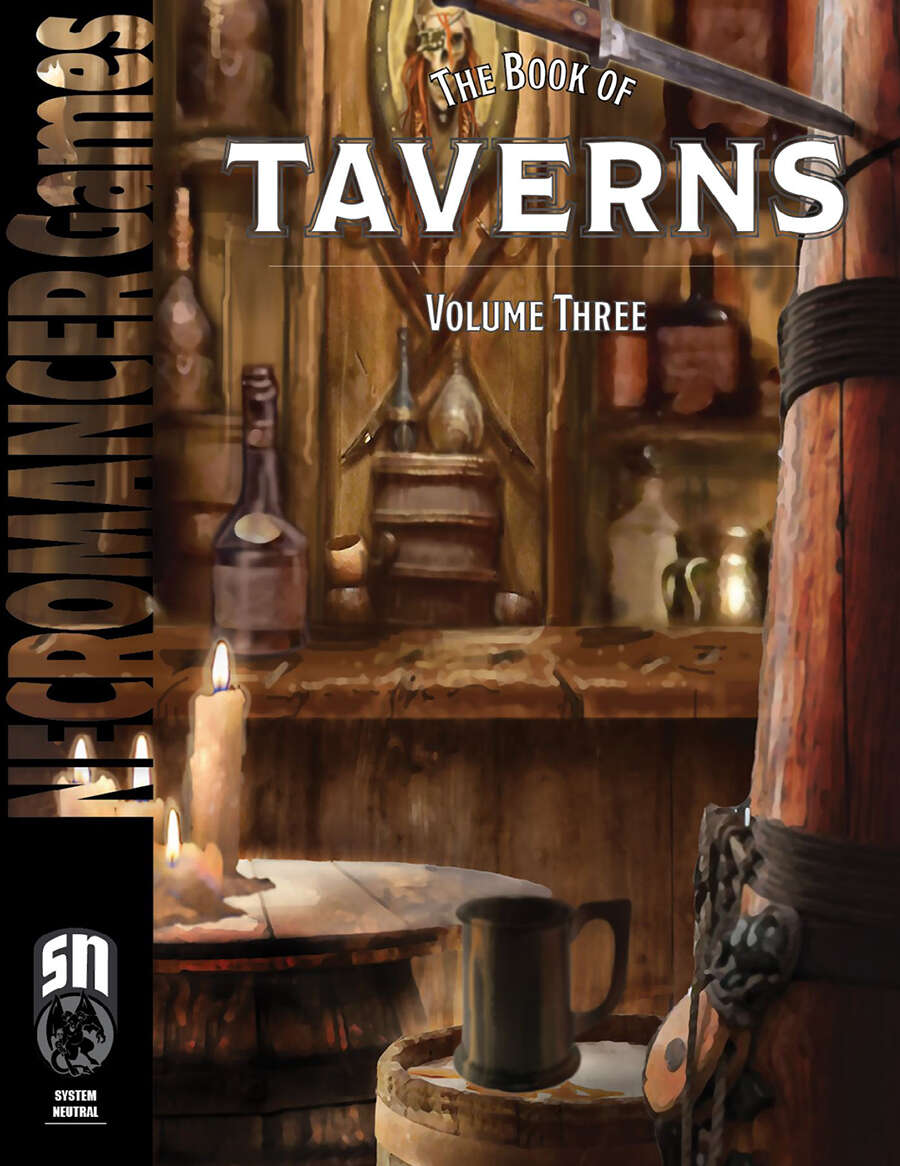 The key to success in this industry is to make sure you have a fresh pool of authors and creating adventures that stay up to date in the industry.
The key to success in this industry is to make sure you have a fresh pool of authors and creating adventures that stay up to date in the industry.
What makes Frog God Games’ adventures special? What makes them stand out from the pack?
Our adventures are special because of our talented writers, artists, and content team. Our writers focus on making the adventures both challenging and create new subjects that are not seen in other adventures. Our Art Director, Casey Christofferson, has a talented group of artists that he works with when creating art for our projects.
What does it mean to be a game company run by gamers? How does that inform what you do?
It means we make products that we are excited about and want to play.
Tell me about a rules supplement you’re particularly proud of?
Tome of Alchemy because it expands the alchemy rules in a fun and interesting way.
Can you tell me a little about Frog God’s campaign setting, the Lost Lands? How would you describe it to a newbie?
“There have been many names for our world: Kala, Eorthe, Midgard, Erce the Mother. The Khemitians call it Geb; the ancient Hyperboreans, — who were giants among men, conquerors and builders — called it Boros after their homeland under the Pole Star. The Daanites, the last remnant of that ancient and noble race by their own reckoning, call it Lloegyr, which in their tongue means the Lost Lands and, I suppose, in a way that’s really what it is…lands that once felt the tread of civilization’s true grandeur and now exist as but a shadow of that former glory. But for most it has no real name at all; it is just the earth we live on, and toil upon, and call home, and to whose embrace we one day return.”
— Illuminatus Geographica by Master Scrivener Drembrar of Bard’s Gate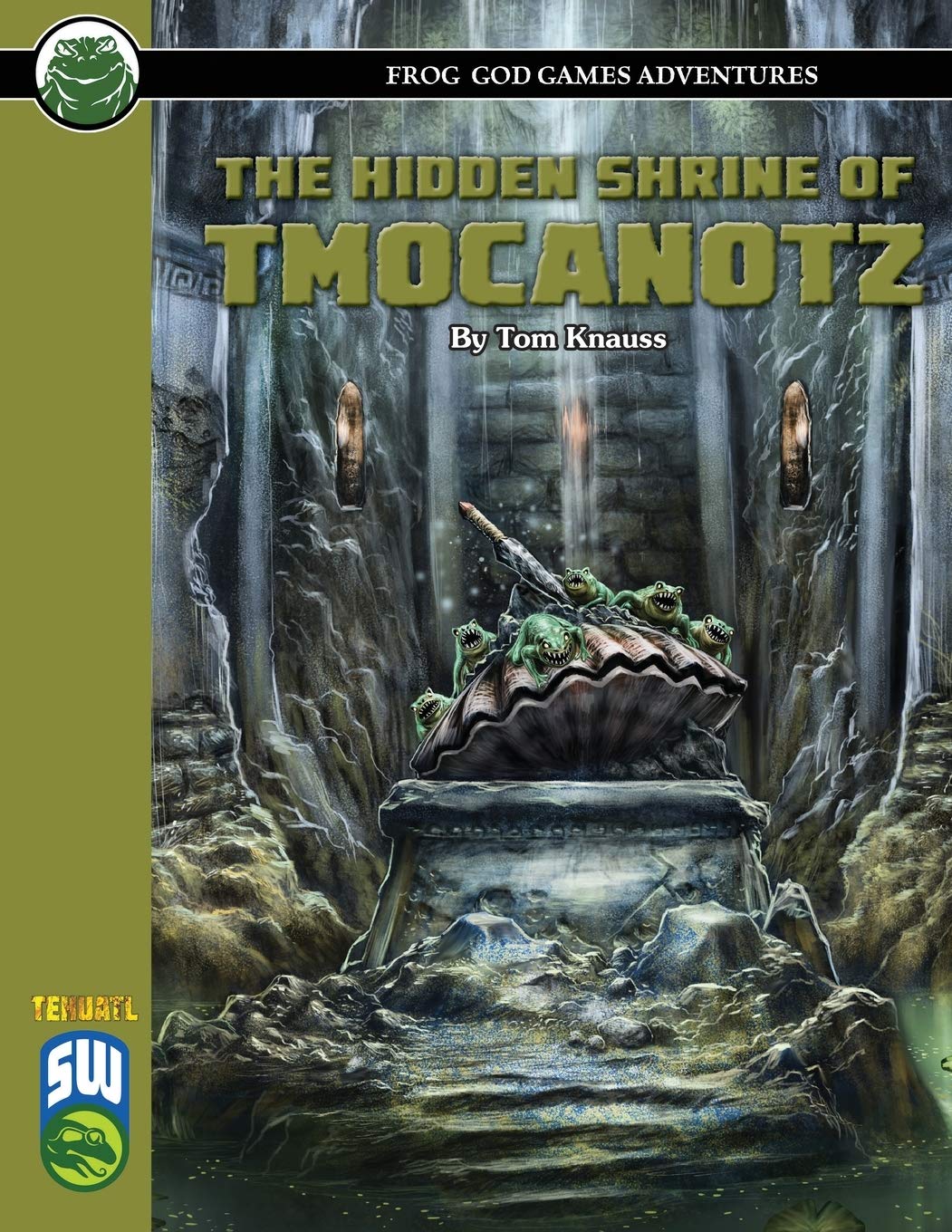
The World of the Lost Lands is where you will find a description of the lands and seas and the skies above, the people who populate the world, an overview of its history, a summary of its religions, and an enormous gazetteer with thousands of entries. Here can be found the locations of your favorite adventures, all set into the historical and physical context of the entire world, alongside new lands that have never before been revealed. Welcome to the Lost Lands. A lifetime of adventures awaits!
Between all the adventures you’ve published, how many total RPG campaigns do you think a DM could run in the Lost Lands?
Probably 40-50. Depending on how much of one’s home brew they would want to include…up to 100.
If I was starting a new RPG campaign and you could only recommend one Frog God Games book (adventure, supplement, whatever), what would it be and why?
Bard’s Gate because it is a great source book and city adventure which opens a variety of our products to you.
What’s your all-time favorite D&D monster and why?
Beholder because it is so iconic.
Sell me on your favorite version of D&D in two sentences or less (I’ll also accept retro clones)…
 Old-School Essentials (OSE) because it brings people from all different systems to the table to play a game.
Old-School Essentials (OSE) because it brings people from all different systems to the table to play a game.
What’s a lesser-known RPG system that you think everyone should check out at least once?
Should the GM roll their dice in front of the players, or behind the screen?
In front of the players.
